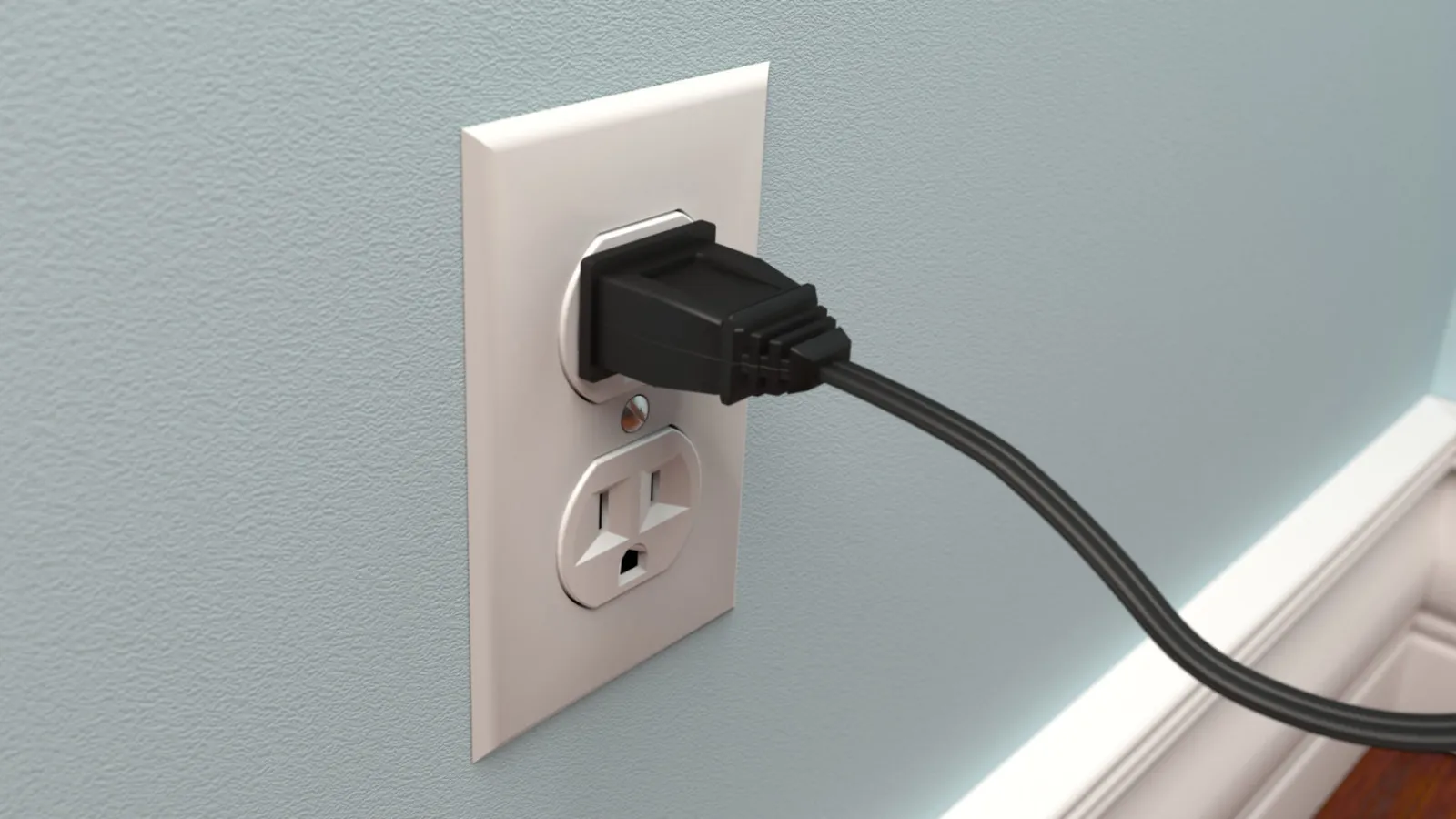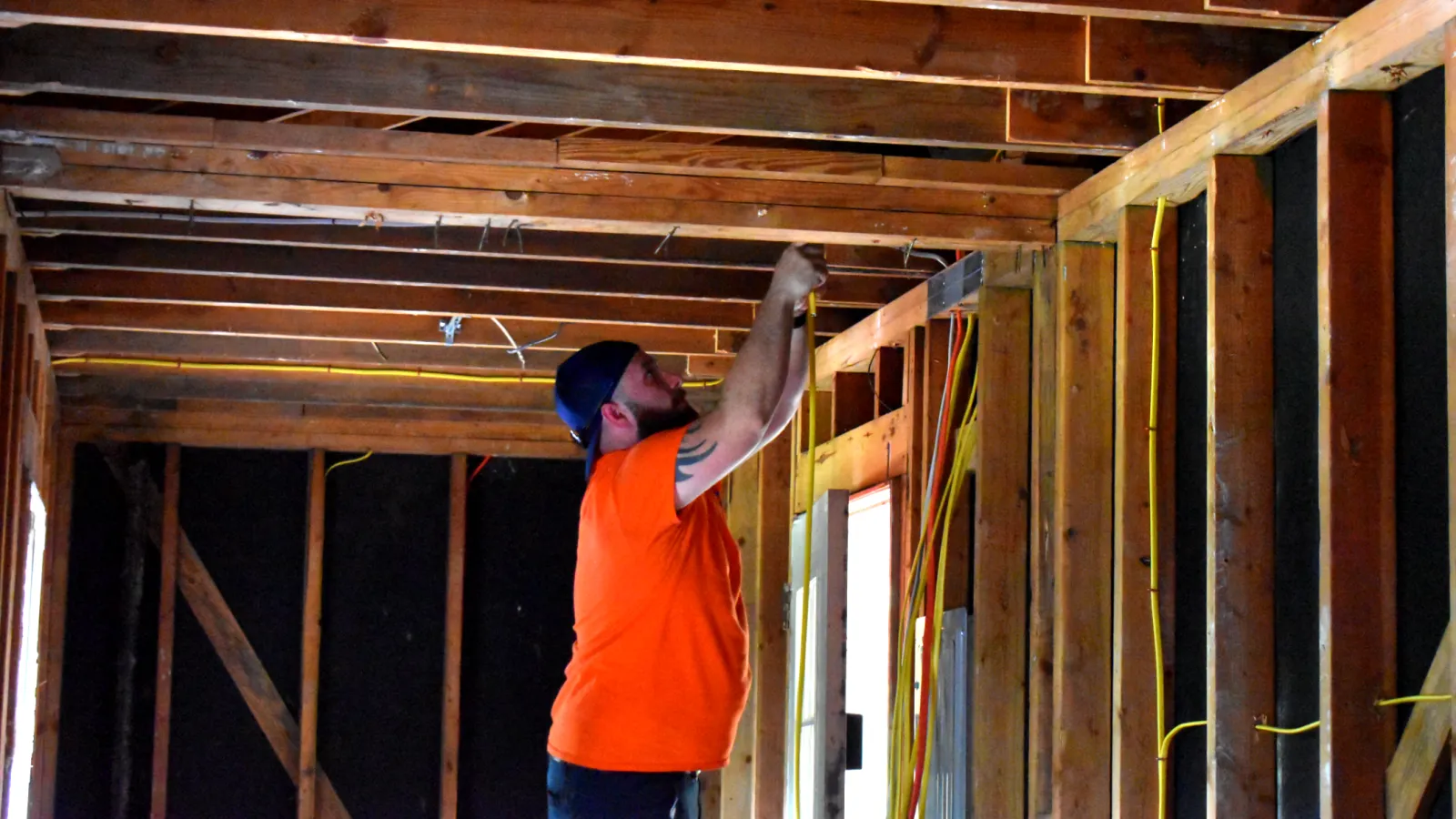When a wall socket stops working in any room of your Atlanta area home, this electrical issue can cause a serious inconvenience. There are several factors that can lead to a seemingly dead outlet, though sometimes the electrical outlet itself isn’t the actual problem. In our most recent blog, Estes Services shares why a wall socket stops working, how to check if it’s the outlet to blame, and what you can do to troubleshoot the socket.
What’s to Blame When a Wall Socket Stops Working?
When a wall socket stops working, one of many scenarios may have occurred to cause this problem in your home. Common causes when a wall socket stops working include:
- Failed internal socket connections, which is common in older outlets that no longer snugly hold plugs.
- A tripped circuit breaker that cuts power to the wall socket.
- Loose connections within the circuit breaker box.
- Faulty wiring that connects the electrical outlet to its circuit.
- A tripped GFCI (ground fault circuit interrupter) outlet, which you may not realize operates differently than a standard socket.
- The outlet is defective.
- The electrical outlet is burned out, caused by overloading.
Sometimes when it appears a wall socket stops working, there is no problem with the socket or electrical system at all. When you plug a device into a socket and it doesn’t seem to work, the problem may be with the device, not the socket. A short within the device or damaged wiring in its cord may cause it not to turn on after being plugged in.
Another possible scenario is a half-hot outlet, which means one socket is controlled by a nearby wall switch while the other socket is not. When moving into a new house, sometimes homeowners must determine which electrical outlets are connected to wall switches through trial and error. It’s common for both sockets on an electrical outlet to connect to a switch, but half-hot outlets occasionally go unnoticed by the new family.
Troubleshooting for Electrical Issues Causing a Bad Socket
Issues such as a tripped breaker or GFCI don’t mean the outlet is bad if a wall socket stops working. To troubleshoot for these issues, try these tips:
For GCFIs
GFCI outlets are special devices required by building codes in areas where water is present or likely to be. These plugs cut power when an electrical surge is detected to prevent electric shocks. Occasionally they may trip and it goes unnoticed, so when you plug something in next time, it doesn’t work.
You’ll be able to tell a GFCI outlet from a standard outlet because in its center; there is a rectangular reset button. Simply press the reset button to reset the socket, and try to power your device again.
For Tripped Breakers
When a breaker in the electrical panel trips, power is cut to all sockets, lights, and appliances wired to the circuit it controls. This is a common issue and should always be checked when it appears that a wall socket stops working. If you have multiple electrical outlets and lights in the same room or area that do not have power, a tripped breaker or other issue with the circuit is likely.
Open the access door to your home’s main electrical panel and observe the position of all breaker switches. They are labeled ON on one side and OFF on the other – if a breaker has tripped, its switch will be pointing to the OFF side. Simply switch the toggle back to ON, and it should reset and send electricity back to the circuit.
Sometimes, a breaker toggle may stick in the middle between the ON and OFF positions. If you find a breaker in this position, first flip it to the OFF side, then to the ON side to reset the breaker.
Troubleshooting Dead Outlets
If it appears that the outlet itself is the issue when a wall socket stops working and circuit breakers are not tripped, the next step is to troubleshoot the outlet itself. A loose connection is often to blame and is a relatively simple fix.
- Turn off power to the outlet at the electrical panel – flip the breaker switch to OFF to prevent electrical accidents and injuries.
- Use a screwdriver to remove the outlet faceplate and gently pull the outlet from the box housed within the wall.
- Take a look at the terminal screws to see if they have loosened, causing a bad connection to the wiring. If your outlet has stab in wire connections, look to see that these wires fit correctly in position. Gently bend each wire at its screw connection or tug each wire for stab in connections to tell if it is loose if you cannot tell by sight. Tighten any loose connections you find.
- Check the accessible wiring connected to the outlet for damage. Burned or melted wire insulation is a sign of overheating. Wires can also break or corrode over time. This should be repaired or replaced by a professional electrician.
- Replace the outlet into the junction box, reattach faceplate, and restore power at the breaker.
- Test the outlet by plugging in a device.
Call Estes Services for Atlanta Electrical Help
If a wall socket stops working in your home and troubleshooting doesn’t solve the issue, the source could be deeper in your electrical system, or the outlet itself may need to be replaced. For new outlet installation and electrical repairs in Atlanta and the surrounding areas, call Estes Services today!


